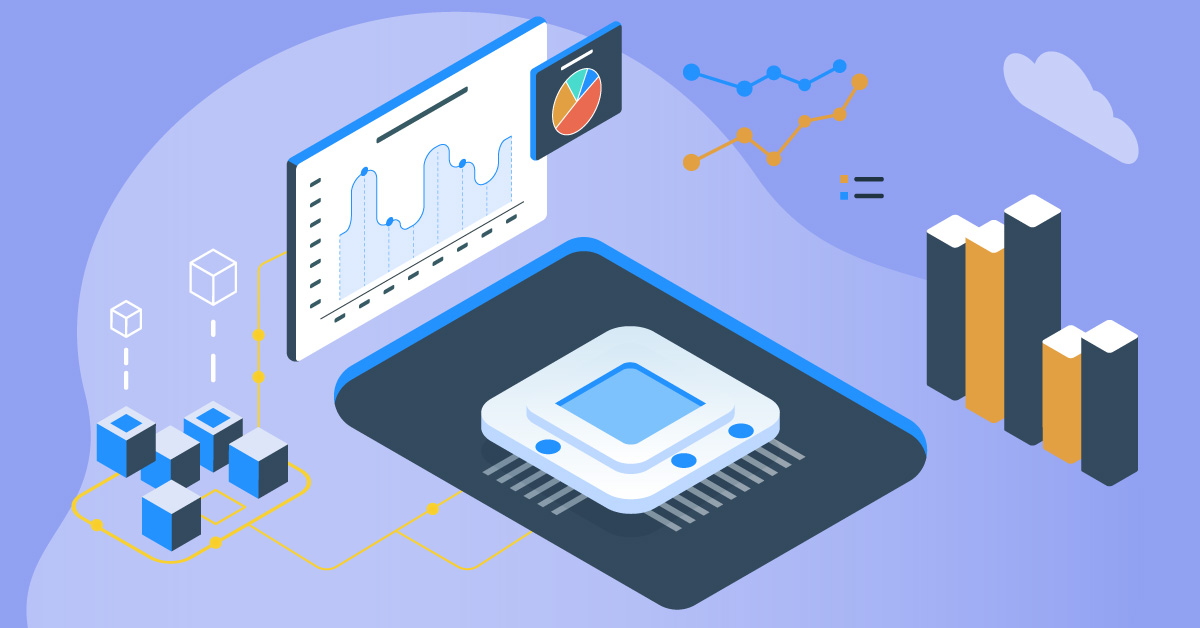Written by Landytech
19 Apr 2022Many members of the investment management community, hesitant to act as early adopters, have resisted pressure to fully digitalise and automate reporting – so far. Firms often want to see that new technology has been implemented successfully at competitors before making the leap. However, across the investment management spectrum, the need for a radically different approach to investment reporting has never been greater.
Increased competition and industry consolidation makes delivering – and proving – higher returns more important than ever, requiring advanced analytics and reporting. It’s also putting the squeeze on fees, pressuring firms to reduce the total cost of ownership for their IT tech stack and legacy systems. More efficient solutions need to be found if operational alpha is to be achieved.
In this shifting landscape, implementing a data-driven, agile approach to investment reporting can help asset and wealth managers get back ahead of the game.
Asset Managers: Creating a two-way conversation
As competition in the industry increases, asset managers must focus on developing deeper relationships with their investors. The challenge they face is not simply including different information, metrics or charts in reports. It is moving from a static reporting experience to a dynamic conversation, whilst developing more efficient reporting processes and feedback loops.
Asset managers need to look at how and when critical information is delivered, generating more insightful performance reports that better cater to the exacting needs of asset owners and allocators. This means transforming the communication process from simply scheduled reporting to a more on-demand, scalable model. At many firms, however, reporting is still dependent on legacy technologies, static processes, and manual workarounds.
Firms can benefit significantly from report builder tools that enable them to consolidate data from all relevant sources and visualise performance and risk through highly configurable charts and tables. These tools provide the flexibility to respond quickly to client requests (for example, to incorporate stress tests for Covid-19 and climate change, or provide customisable scenario analyses), and tailor reports exactly to end-user requirements.
Private wealth: Revamping the client experience
Although the evolving client experience is discussed frequently in the private wealth space, little of this talk is yet to translate into action for most firms. Reading a slew of industry articles, you may be led to believe that the entire wealth industry is at the forefront of client experience technology. Yet despite meaning well, many private wealth firms have yet to take a leap on implementation as they struggle with the deluge of day-to-day administration and management requirements.
Reporting is an integral part of the client experience, yet processes that prevail within private wealth management are yet to match the hype. However, as clients become exposed to more and more sophisticated digital experiences across all areas of life, expectations of the service they receive from their wealth managers is evolving rapidly.
But clients don’t want to be buried by information. Instead, they are looking for enhanced insights – useful, usable, personalised analysis that makes sense of the data overload and presents easy-to-understand conclusions that can be applied in the real world.
Successful firms will be those that commit to delivering a seamless, responsive digital service that provides value to clients in near real-time and stays current with the latest capabilities. Fully automated reporting solutions are now table stakes for private wealth managers. Firms must keep pace if they are to sustain the competitive advantage that high-quality data and digitalisation bring.
Asset Owners: A Consolidated View
As one of the most prominent end-consumers of reporting data, asset owners are starting to exert more influence on the direction of travel. Thus far, asset managers have controlled the messaging and how their investments are portrayed, while asset owners have been left to reconcile different reporting from different managers to perform plan-level due diligence.
The shift from active to passive management of assets has resulted in increased pressure on active managers to prove their value. The growth of passive investment vehicles has meant reporting requirements set by asset owners have become far more exacting. Some asset owners have taken their fund management in-house, exerting even more pressure on active managers to report with increased detail. Asset owners are increasingly investing directly in private equity and real estate, and with that, the need for alternative asset managers to improve their transparency has never been greater.
Similarly, private wealth managers increasingly aspire to deliver comprehensive and timely consolidated reports to their clients. And clients have increasingly come to expect it. Ultra-high-net-worth individuals typically have a plethora of accounts, portfolios, trusts and managers. While they may receive detailed reports on parts of their holdings, they often lack an aggregated picture of their allocations, performance and risks. Consolidated reporting is the answer.
Technology and the future of reporting
Fundamentally, investment reporting processes should embrace a bi-directional, near real-time strategy for access to data and reports. It’s time to move away from the traditional approach where data and reports are pushed to investors – sometimes as infrequently as once or twice a year. This strategy should form part of a broader approach to reporting, where the emphasis is on transforming the entire client experience.
Embracing a fully digital and automated future for investment reporting also enables firms to make operations more efficient and control overheads. For example, using templated, drag-and-drop client reports and statement delivery can save organisations from repetitive, time-consuming tasks. Firms are also increasingly outsourcing data management and reconciliation to third-party providers, relieving staff of a major burden while reducing reporting errors and delays.
The future of investment reporting
To date, reporting has been a delivery mechanism for historical information, distributed on a periodic basis. In the future, investment reporting can transform itself to become the bedrock of client relations. In a fully digitalised and automated process, reporting can become so much more than just stale, one-way broadcasting. It can redefine client experience.
But to get there, firms need a complete data management and reporting solution. That requires a strong technology infrastructure able to process huge amounts of data. A platform built on open architecture connectivity principles that can facilitate data consolidation as well as visualise performance and risk through highly configurable charts and tables.
Find out how our investment reporting and data consolidation platform, Sesame, is helping asset and private wealth managers transform reporting experiences for clients.
Related Content
.png)
How Landytech is Revolutionising Client Reporting in the Investment Management Industry
Following Landytech's recent win in the Client Reporting category at the WealthBriefing Channel Island Awards, our COO, Gregory Chouette, had the pleasure of sitting down with Clear Path Media, the organisers of the awards, for an interview. In the...

The Future of Family Office Reporting
Once confined to a world of spreadsheets and static presentations, family office reporting is beginning to take on a radically different form as automated data consolidation and near-real-time portfolio monitoring become the norm.
In recent years,...

How Sesame Revolutionises Reporting for Family Offices
As family portfolios become more complex and the data burden increases, family office staff are increasingly bogged down in spreadsheets and legacy systems that struggle to keep up. And as families become exposed to more and more sophisticated...



